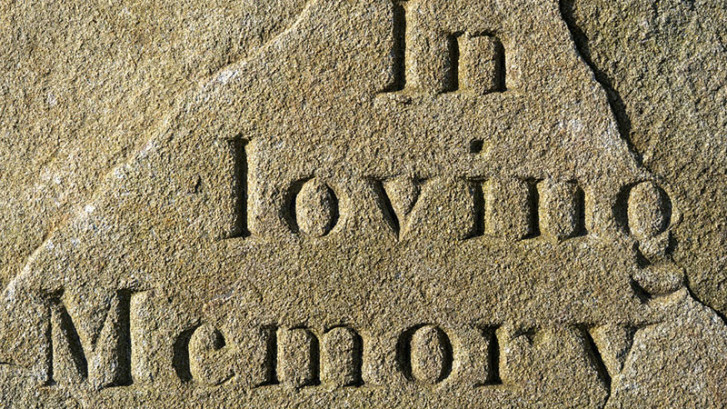A client came to my office because a deceased relative’s beneficiary designation at a financial institution was made out to the “Estate of her deceased relative.” There was no way to avoid a probate. It is such a shame that my client has to go through a probate when a correctly filled form would have prevented the probate. The form should have listed her name and not the “Estate of her deceased relative.” Probate costs and fees to transfer the account will be at least $10,000. It is my suggestion that you check all your financial account beneficiary designations.
Payable on Death (P.O.D) is a term used by banks and financial institutions to designate who the beneficiary is who will receive the account when the account holder dies. Designating a beneficiary prevents heirs from going through a probate. The problem is when the bank does not ask the client to fill out a form to designate beneficiaries. Problems also arise when one bank is bought out by another bank and the beneficiary designations are lost. If the accounts are over $150,000.00 a probate must be started. Have you filled out the forms to designate your beneficiaries on your checking and savings accounts, deposit accounts, mutual funds, savings bonds and certificates of deposits accounts?
A Transfer on Death (T.O.D.) designation also lets your beneficiaries receive assets when you die without them going through probate. Generally speaking we use these for Individual Retirement Accounts ( IRAs) and 401(k)s. We usually do not want pre-tax accounts to go into a trust, because we want the transfer on death beneficiary to roll over the account to receive the tax benefits. When people list their living trust as a beneficiary on their retirement accounts it creates tax issues for the beneficiaries. The account will be taxed before distribution into the trust. Please check with your attorney and financial advisor, especially if you have minor children, before designating beneficiaries on your financial accounts.
Ask your bank for a POD beneficiary form. Complete the form and follow your bank’s instructions for the form.
Contact me if you have questions in regards to P.O.D. or T.O.D. issues.

